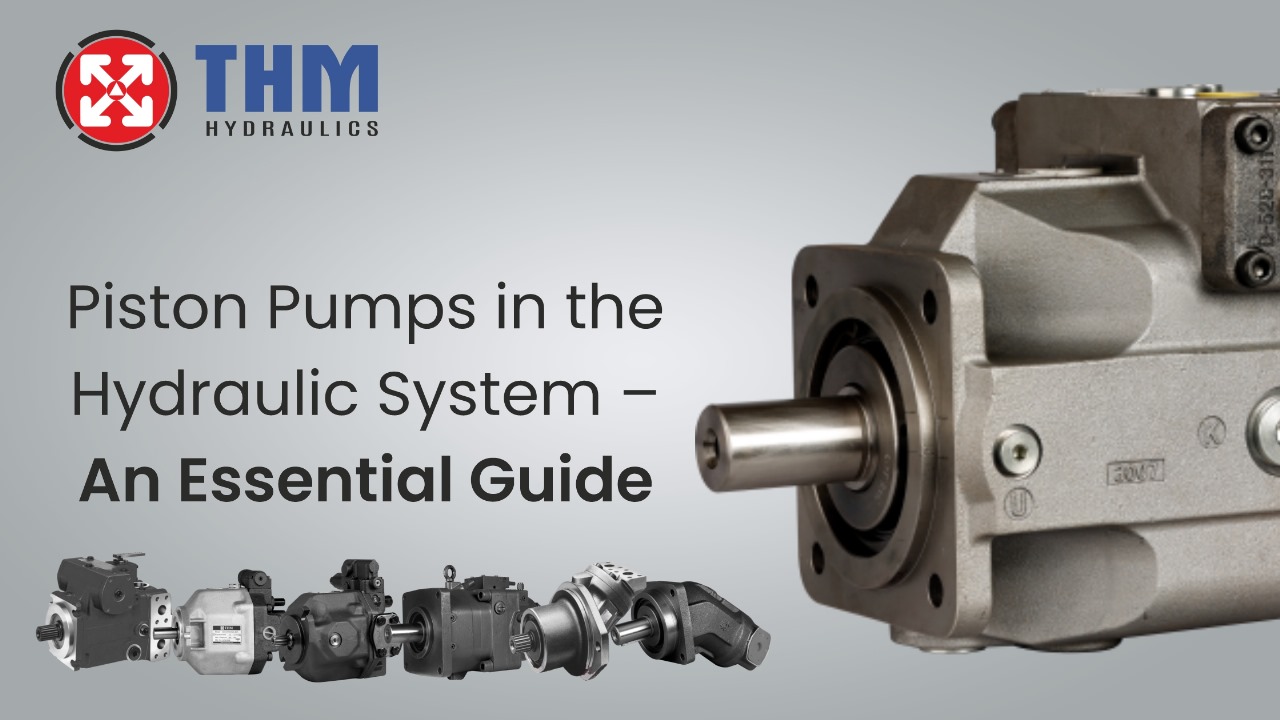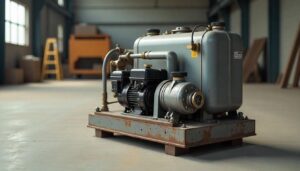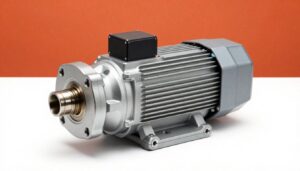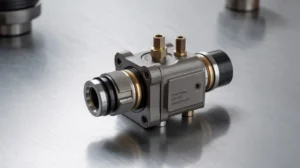A piston pump is one of the most important hydraulic pumps because of its efficiency, reliability, and flexibility. Its high-pressure work makes it ideal for many applications, and it is used in construction, manufacturing, and other industries, among others. In this guide, we will explore the basics of piston pumps, their various aspects, their advantages, and the things that you should know to have the best experience with them.
Step 1: Gaining Knowledge of the Piston Pumps
Piston pumps are those types of positive displacement pumps in which the fluids are transported by plungers, which are also known as pistons in this equipment’s design. They work by drawing a vacuum in the cylinder to allow the fluid to enter then inject the cylinder with pressure to expel the fluid. These pumps are ideal for uses where there is need to have a constant pressure and where there is need to have a very close control on the amount of pressure being used.
Types of Piston Pumps:
- THM – 1RC – Radial Piston Pump
- THM – A2FO – Fixed Displacement Piston Pump
- THM – A4VSO – Variable Displacement Pump
- THM – A4VG – Variable Displacement Axial Piston Pump
- THM – K-AP Series – Bent Axis Piston Pump
- THM – TP Series – Bi-directional Axial Piston Pump
- THM – A11VO/A11VLO – Variable Displacement Piston Pump
- THM – A4VTG – Variable Displacement Piston Pump
Step 2: Key Features of Piston Pumps
High Pressure Capability: The piston pumps are known to work at pressures that are above 350 bar, and thus can be used in challenging tasks.
Variable Displacement: There are piston pumps that provide an option of controlling the flow of the fluid in the system.
Durability: Made of strong substances they are able to endure scrutiny and are built to last.
Compact Design: Piston pumps, however, can be quite powerful, and are often used in devices with a small overall size.
Step 3: Benefits of Piston Pumps
Efficiency: Low energy loss is characteristic of high volumetric efficiency.
Versatility: Can be used with water and hydraulic oil and other types of fluids.
Precision: Allows the precise flow and pressure management to be made. Reliability: It is built for use with high reliability and without the need for frequent servicing.
Step 5: General Uses of Piston Pumps
Construction Equipment: Applied in excavators, loaders and cranes for hydraulic operation.
Industrial Machinery: Operates presses, cutting machines and molding systems.
Automotive: Used in brake system and power steering systems.
Step 6: Picking the Proper Piston Pump
When choosing a piston pump for your hydraulic system, consider the following factors:
Operating Pressure: Make sure the pump requires the volume pressure of the system to be met or to be capable of it.
Flow Rate: The output of the pump should be in harmony with the need of the system.
Fluid Type: Check for compatibility with the type of fluid being in use.
Size and Weight: Consider space and spaceweightcom availability factors.
Efficiency: Choose a pump that is energy efficient to minimize on costs of energy in the future.
Step 6: Piston Pump Maintenance Guide
Maintenance is very important in order to increase the efficiency and longevity of your piston pump. Follow these tips:
Regular Inspection: Inspect outside surface for scratches wear and signs of rust, and check for signs of leakage.
Fluid Quality: Hydraulic fluid should be fresh and of high quality to avoid contaminant getting into the system.
Filter Replacement: Filters must be replaced as suggested to keep the fluids clean.
Seal Checks: Check for broken seals to avoid influences from any type of fluid leakage.
Monitor Temperature: In order to prevent the problem of overheating you have to make sure that there is enough air conditioning.
Step 7: Troubleshooting Common Issues
Reduced Flow: Look for signs that stop information from entering or leaving the system.
Excessive Noise: There might be cyclical pressure fluctuations, or the system may need to be checked for leaks, or perhaps show signs of cavitation.
Overheating: Assure the normal working of the cooling system and also check for the fluids levels.
Pressure Drops: Worn seals as well as damaged components of the device should also be checked.
The faster the problems are identified and solved, the less time a company loses, thus avoiding a lot of costs.
Step 8: Advances in the Piston Pump Technology
Technological developments have seen piston pumps that are more efficient, produce low levels of noise and have better control mechanisms. Today, smart pumps with an embedded sensing system make real-time monitoring and diagnostics possible to predict and optimize the system.
Conclusion
Piston pumps are vital in hydraulic systems; they deliver power, accurate, and long-lasting more than any other pump. Here’s what you need to know about their characteristics, uses, and how to look after them properly so that they last as long as possible. For industrial machinery applications, piston pumps remain one of the mainstay of hydraulic engineering.
THM Huade Hydraulics guarantees you hydraulic parts that are 100% original and THM has a proven track record of satisfied customers all over India. Buy their high-end piston pumps now and achieve the best in your hydraulic systems.



